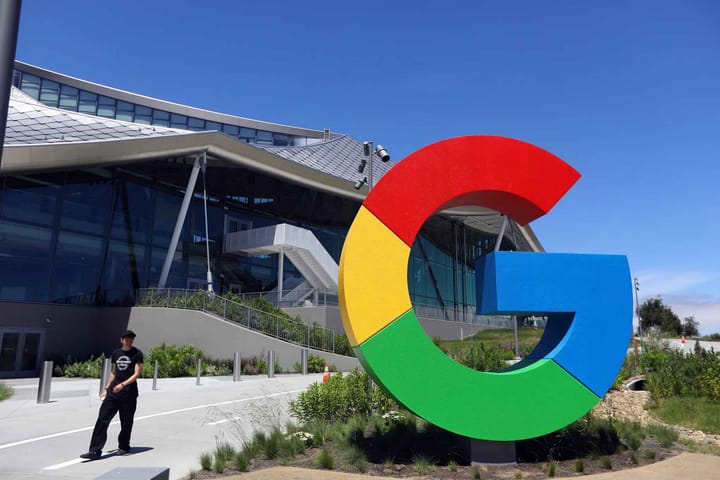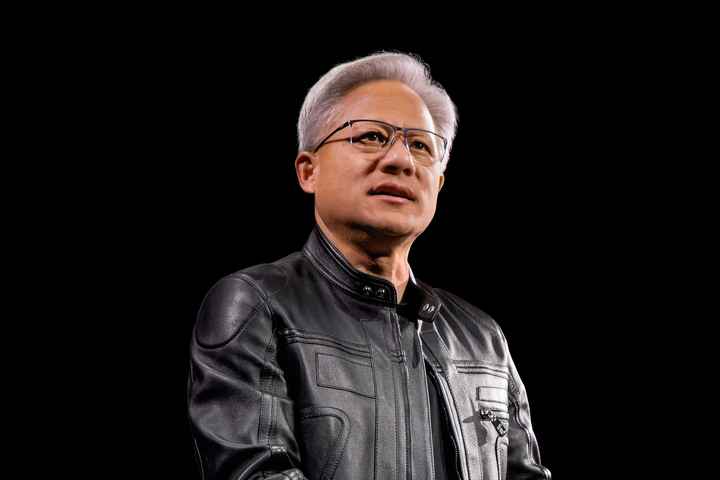DeepMind Unveils New AI Model that Reconstructs Ancient Roman Inscriptions with Striking Accuracy
Aeneas was trained on a dataset of over 176,000 Latin inscriptions and uses multimodal inputs—both text and imagery.

Google DeepMind and the University of Nottingham unveiled Aeneas, a cutting-edge AI model designed to help historians decode and contextualise fragmented Roman inscriptions.
The breakthrough was published in Nature and is set to transform classical scholarship by automating the search for linguistic parallels and reconstructing missing text.
Our Aeneas AI model gives historians valuable new insights into ancient inscriptions & ancient history that may have taken years to uncover otherwise. Published in @Nature today: https://t.co/U9ZcIKcfaF
— Demis Hassabis (@demishassabis) July 23, 2025
Aeneas was trained on a dataset of over 176,000 Latin inscriptions and uses multimodal inputs—both text and imagery—to identify the origins, dates, and textual gaps of ancient artifacts. In tests, it narrowed inscription dates to within 13 years, mapped geographical provenance with 72% accuracy, and achieved a Top‑20 restoration accuracy of 73%, even when gap lengths were unknown.
Dr. Thea Sommerschield, co-developer and Leverhulme Fellow at Nottingham, explained:
“Aeneas helps historians interpret, attribute and restore fragmentary Latin texts,” highlighting its ability to surface critical clues through historical "fingerprints" .
In a collaborative study with 23 historians, Aeneas provided useful contextual leads in 90% of cases, boosting researchers’ confidence and saving hours of manual effort. It even tackled complex inscriptions like the Res Gestae Divi Augusti, mirroring scholarly dating debates by predicting dual peaks around 10 BCE and 10–20 CE.
Available open-source and via an interactive online tool at predictingthepast.com, Aeneas is now the first scalable AI to aid historical epigraphy—bridging centuries with algorithms and accelerating the work of historians worldwide.



Comments ()